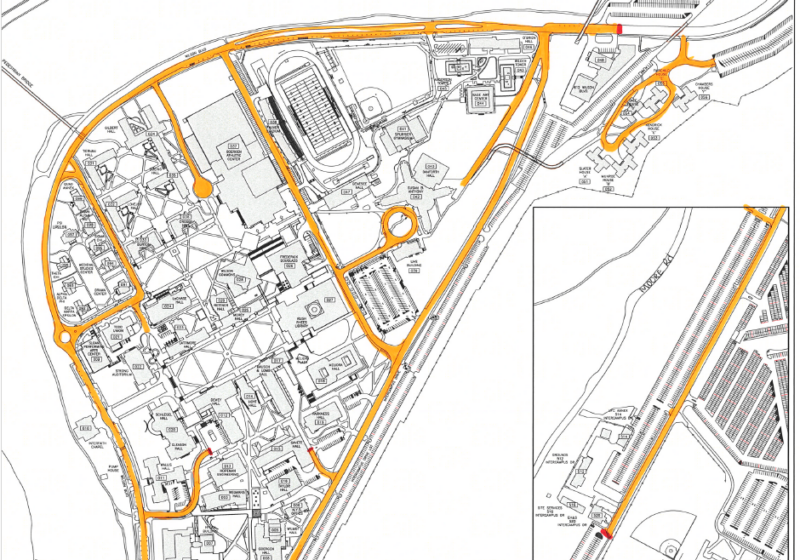To the disdain of anti-immigration groups and conservative opposition, California Gov. Jerry Brown has signed bill AB 131 into law, which gives certain undocumented students in that state eligibility to receive public funds. This is just one of many bills which has passed in state legislatures around the country, marking a small step towards a larger goal of helping young immigrant scholars finance their college education. Undoubtedly, the bill indicates that the undocumented students will be permanently integrated into American society.
The DREAM act, the federal version of the bill — which has been unsuccessfully introduced several times — differs significantly from its state legislatures’ counterparts, as its provisions include a pathway to legal residence and eventually citizenship for prospective beneficiaries, dubbed “Dreamers.”
Of course, it is only natural that this particular stipulation has garnered strong opposition — particularly among conservative critics who call the bill a façade for “backdoor amnesty” and a reward for illegal behavior.
It cannot be argued that these students are not breaking the law, because they are indeed living in the country illegally. However, granting these kids the same rights as any other American citizen is not tantamount to rewarding criminal activity. Most of these kids crossed the border by no choice of their own. And, even if they had come here willingly and fully aware of their actions, these undocumented students are breaking laws that are as unjust as those of apartheid in South Africa prior to its abolishment.
People who have never done anything wrong are forcibly sent to practically foreign places, while those who truly deserve to leave are still held in our overcrowded prisons. In fact, as of 2009, it was estimated that 102,795 illegal immigrants were being held in California prisons alone. Meanwhile, 19-year-old Nabia Habib, a college student at Stony Brook University, was threatened with deportation, despite the fact that she has been living in the country since she was 20-months-old. This, among other instances, indicates that our current immigration system is simply dysfunctional.
There is also a common misconception that the DREAM act would provide amnesty to “hordes” of immigrant children. The bill wouldn’t grant all 12 million undocumented immigrants citizenship. According to the Center of Immigration Studies, it is projected that only 2.1 million students would be beneficiaries, with only a fraction of that number immediately eligible if the bill was to become law today. Of these 2.1 million eligible students, only those who complete the required two years of college or military service would be able to get a green card. Only then would they be able to apply for citizenship.
Of course, it is always argued by the opposition that these undocumented students would unfairly create competition for spots in college, as well as in the workforce. While there is no denying that competition would intensify, the extent to which it is portrayed is exaggerated. A number of undocumented students are already enrolled in an institution of higher education and a few more somehow manage to find employment. Thus, it would be irrational to think a massive influx of immigrants would suddenly flood the applicant pool for college or companies. Even if it did, our economy is reliant upon an efficient, productive workforce. In other words, it is always the best man who should get the job, not the most “American” man.
As things stand, it is highly unlikely the federal version of the DREAM act can pass. Still, as the passage of AB 131 has shown, the movement towards comprehensive immigration reform has not come to a halt. And as our economy is in dire need of college educated individuals to help it recover, the movement must not lose its momentum.
Diaz is a member of the class of 2015.






